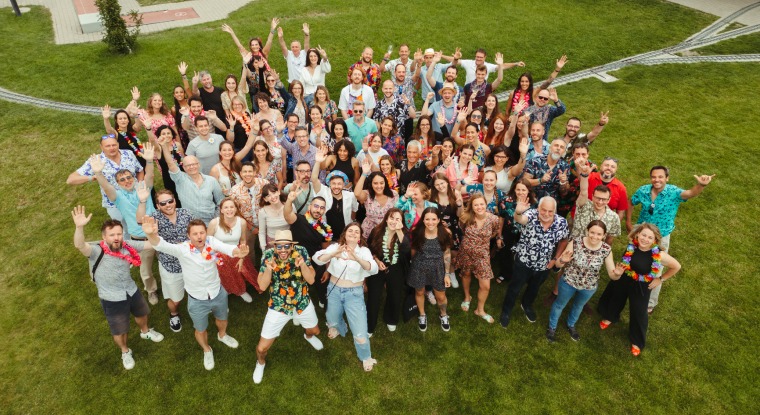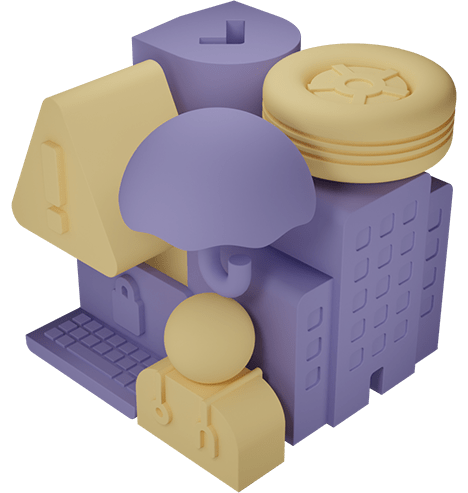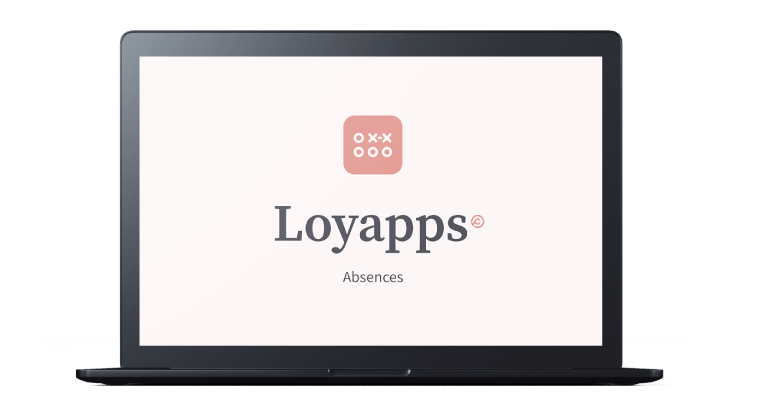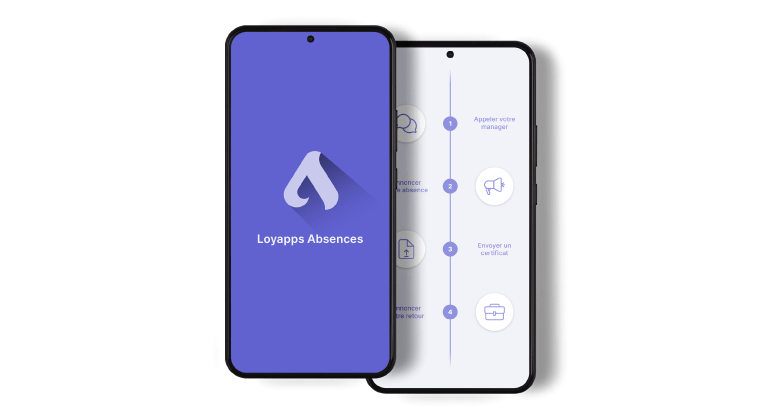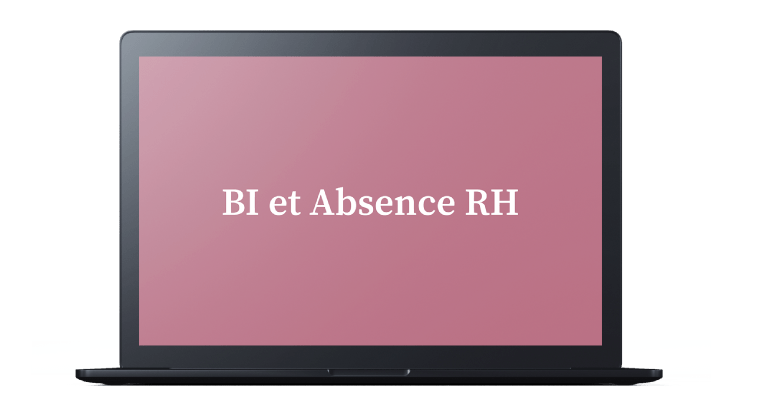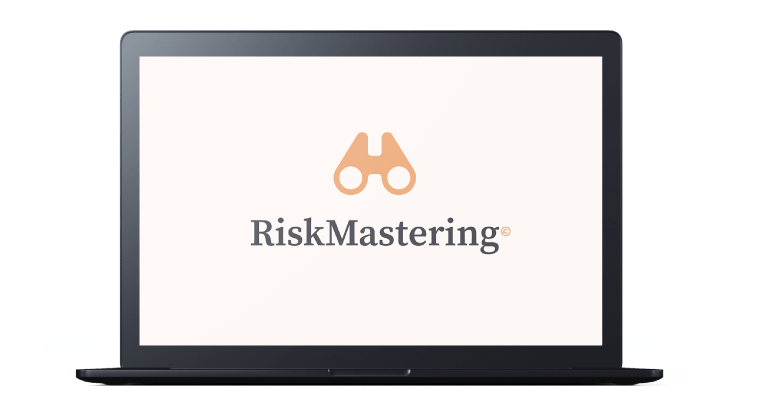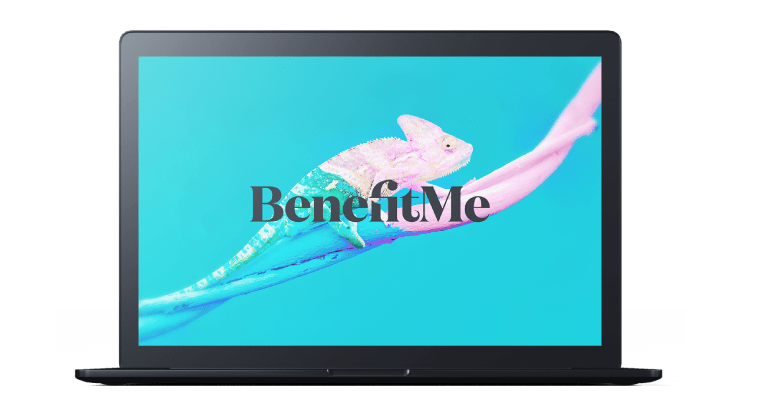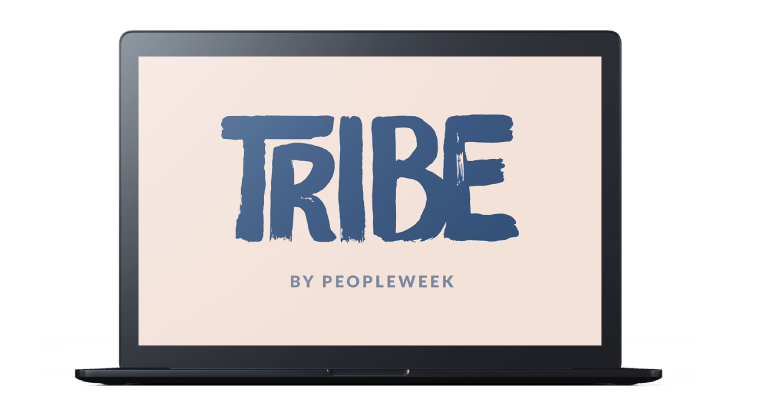
How to cope with the diagnosis of a severe illness?
When an employee is diagnosed with a critical illness, her/his professional life is turned upside down, which requests adjustments on behalf of both the employer and the employee. Michel Paillard, co-founder at Umanize, answers three questions on how to best cope with these situations.
What are the challenges for the employer and for the employee?
Receiving the diagnosis of a severe illness such as cancer, chronic progressive disease, cerebrovascular accident, neurological disorder, and many more, often causes a choc that can be traumatic and leading to a deep reassessment. But it does not necessarily mean the end of working.
On the basis of good communication and transparency between the employer, the colleagues and the ill employee, it is possible to deal with the health situation in connection with the professional activity. It facilitates the reorganisation during the absence, that can be of a long duration, and the preparation for the potential return to work. At this point, it is advisable to adapt the job and organise the return gradually. Still, the end of the medical treatment does not necessarily mean the end of the disease. It is crucial that the employer be informed of physical, psychological or cognitive limitations by the employee. Here too, communication amongst all actors is key.
In short: communication, coordination, maintaining contact are the 3 essential ingredients to supporting employees afflicted with severe illnesses.
What would your recommendations for the employer be in this situation?
At Umanize, we always recommend to:
- Take time to emotionally assimilate the situation and the reactions it triggers;
- Find the correct balance between responsibility and empathy;
- Comfort the employee in telling her/him that she/he fully belongs to the company and that her/his health is a priority;
- • Respect the needs and private sphere of the ill employee;
- Determine with the employee who has to be informed, about what, when and how?
- Identify what information the employee wants to receive – invitation to events, annual activity report, progress of projects?
- If wanted, maintain regular contact, at a previously determined interval;
- Remain alert to the team and the normal and understandable emotional reactions;
- Offer space for dialogue and the expression of fears aroused by the situation;
- Communicate in a sincere manner, even one’s own ignorance.
What resources are available to the employer and the employee?
The external resources that can be activated are the different health leagues and associations for the specific ailment, the social insurances and assistance, different structures for career guidance for the employee and support platforms for the employer.
If not already existing internally, we recommend implementing an occupational health management device through which different actors may be solicited: occupational physician, occupational nurse, social services, ergonomist, etc. If not available or for smaller companies, partnerships with external specialists that can be mandated occasionally, should be considered.
For the employee, it is important not to become professionally and socially isolated. The best part of one’s energy being needed for fighting the disease, it is essential that the person feels supported in her therapeutic and administrative steps as well as with her employer.





